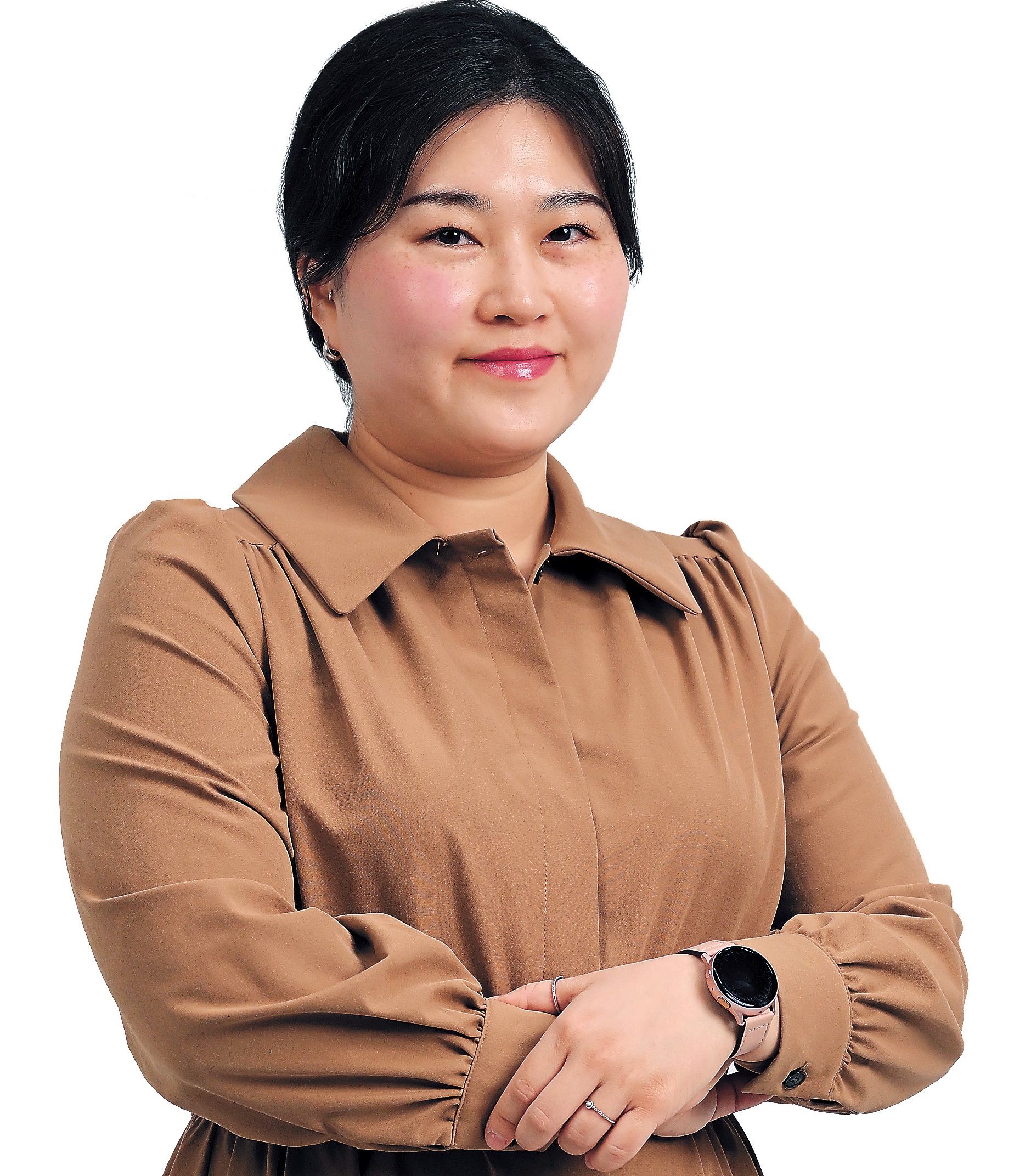
The South Korean government faces strong opposition from the medical community as it resumes discussions with doctors regarding a potential increase in the enrollment quota at medical schools.
The Ministry of Health and Welfare and the Korean Medical Association -- the country's largest coalition of doctors’ groups with 130,000 members -- met on Wednesday to discuss various pending issues related to the medical industry, including expanding admissions to medical schools. This is the ninth meeting of the consultative body between the government and the medical association.
In early May, Vice Minister Park Min-soo said that the government will come to a conclusion on boosting the number of medical students before April 2024.
In 2020, the government had tried implementing similar measures to supply more doctors in unpopular but essential fields of medicine and rural areas, saying such policies were necessary to help prepare for future public health crises. However, in the same year the government went back on its plan following fierce protests from doctors and strikes organized by KMA across the country. In addition, due to the COVID-19 pandemic the government could not push forward with the contentious policies as originally planned.
However, with the pandemic nearing its end, the ministry is looking to revive the discussion. It holds the fixed admissions quota at medical schools largely responsible for the shortage of doctors in the country.
The admissions quota for medical schools has been frozen at 3,058 students per year since 2006. According to the Organization for Economic Cooperation and Development’s data, Korea has 2.1 doctors per 1,000 people, falling short of the OECD average of 3.7 doctors per 1,000 people in 2021. The figure is much lower in rural regions.
A recent study by the Korea Institute for Health and Social Affairs predicted that at this pace, the nation will face a shortage of up to 27,232 doctors by 2035.
However, doctors argue that a quota increase is unnecessary due to a declining population and easy access to medical care. According to OECD statistics in 2020, outpatient care per person was 14.7 times a year, higher than the OECD average of 5.9.
Doctors argue that the issue should be resolved by ensuring better compensation for physicians working in essential medical fields and rural areas, and not just by simply raising the number of doctors.
Meanwhile, the admissions quota and attractive salaries doctors can earn have made medical schools highly desirable among many students in South Korea. According to a recent poll conducted by MegaStudy Education, 1 in 5 elementary and middle school students expressed a strong interest in attending medical school.
Many students opt to take college entrance exams multiple times until they are admitted to medical schools. According to recent data provided by Seoul National University to Rep. Kim Byung-wook of the People Power Party, the number of freshmen at the university who take time off right after enrolling has significantly increased over the past four years. In 2019, the number was 70, but it has steadily risen to 96 in 2020, 129 in 2021, 195 in 2022, and 225 this year. These students are believed to be taking time off to prepare for entrance exams for medical schools, according to insiders in the private education industry.





![[Exclusive] Hyundai Mobis eyes closer ties with BYD](http://res.heraldm.com/phpwas/restmb_idxmake.php?idx=644&simg=/content/image/2024/11/25/20241125050044_0.jpg&u=)
![[Herald Review] 'Gangnam B-Side' combines social realism with masterful suspense, performance](http://res.heraldm.com/phpwas/restmb_idxmake.php?idx=644&simg=/content/image/2024/11/25/20241125050072_0.jpg&u=)











![[Today’s K-pop] BTS’ Jin single hits Billboard’s Hot 100 at No. 53](http://res.heraldm.com/phpwas/restmb_idxmake.php?idx=642&simg=/content/image/2024/11/26/20241126050076_0.jpg&u=)